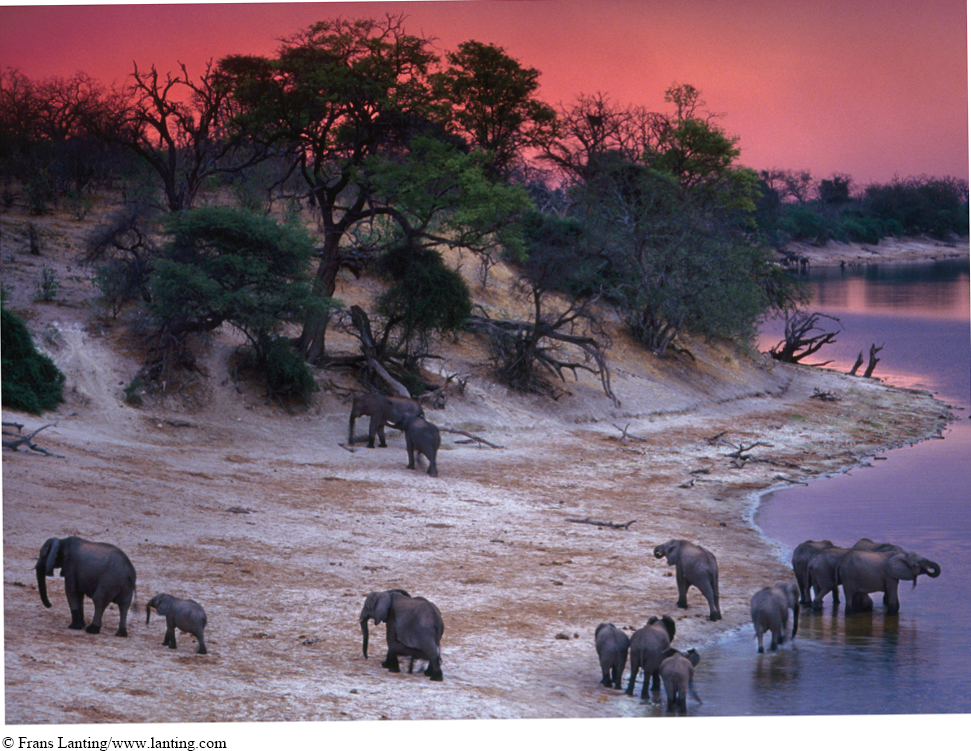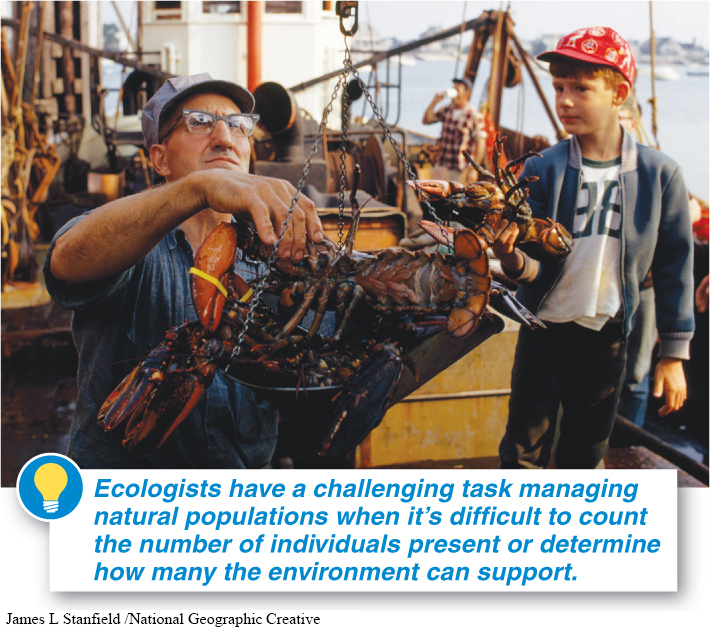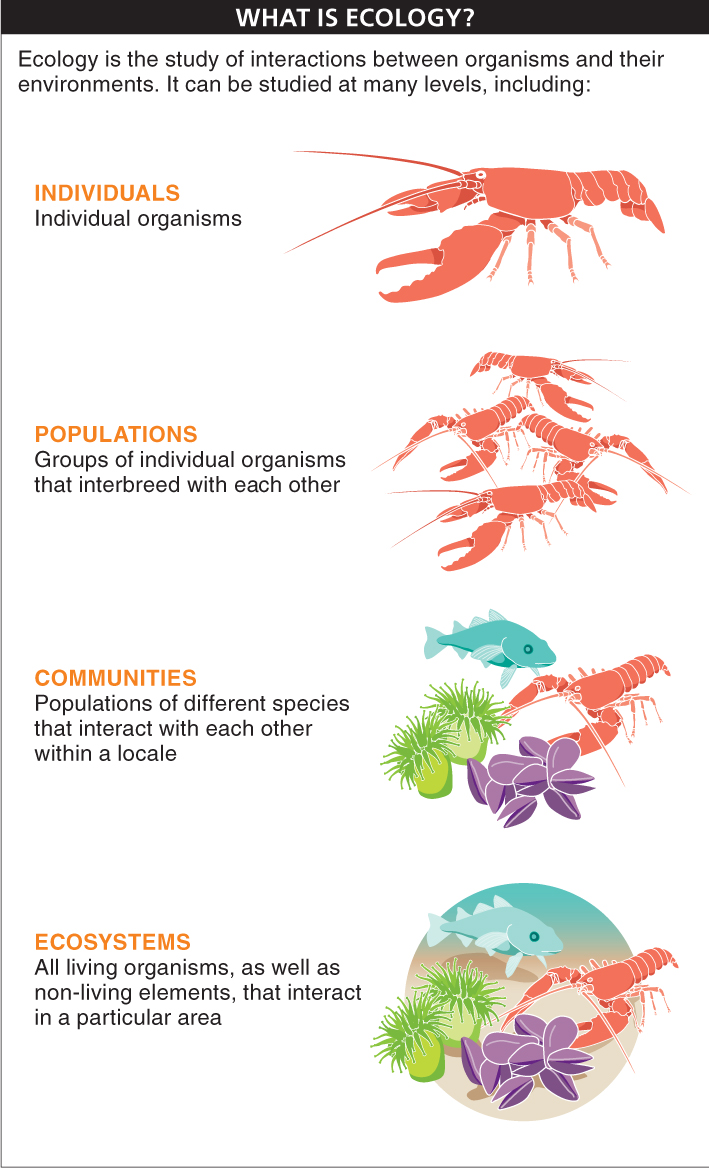
Lobster tastes delicious. Many people consider it one of the finest delicacies. It’s not surprising, then, that catching and selling lobsters is big business. Generating almost $200 million a year for the State of Maine alone, it is among the most economically important businesses in New England. Now imagine for a minute that you were in charge of the lobster industry. The 6,000 lobstermen in Maine depend on your managing the industry so that not only can they catch and sell enough lobsters to survive, but sufficient numbers of lobsters are left to ensure there will be lobsters to catch in all the years to come. How would you do it? You would be faced with some tough questions.
- How many lobsters should you allow each lobsterman to take each day? Each year?
- Should you require that certain lobsters be thrown back? If so, should they be the biggest or the smallest? Males or females?
- Is it better to increase the size of the lobster population or maintain it at current levels?
- But wait a minute. Forget about these obviously complex questions and start with a seemingly simpler one: how many lobsters currently live in the waters off the coast of Maine? Is this even possible to determine (FIGURE 14-1)?
 Figure 14-1Managing valuable resources. Population growth models can help.
Figure 14-1Managing valuable resources. Population growth models can help.

Welcome to ecology.
These difficult questions, and many others like them, are all part of ecology, a subdiscipline of biology defined as the study of the interactions between organisms and their environments. But don’t be fooled by the simple definition. Ecology encompasses a very large range of interactions and units of observation and is studied at different levels (FIGURE 14-2). These include:
573
- Individuals: How do individual organisms respond biochemically, physiologically, and behaviorally to their environments?
- Populations: How do groups of interbreeding individuals change over time, in terms of growth rates, distributions, and genetic compositions?
- Communities: How do populations of different species in a locale interact?
- Ecosystems: How do the living and non-
living elements interact in a particular area, such as a forest, desert, or wetland?
We explore ecology at all of these levels throughout this and the next two chapters. We focus in this chapter on population ecology, a subfield of ecology that focuses on populations of organisms of a species and how they interact with the environment. We also examine the special case of human population growth and its impact on the environment, as well as the ways in which ecological knowledge can contribute to effective conservation policies.
TAKE-HOME MESSAGE 14.1
Population ecology is the study of the interactions between populations of organisms and their environments, particularly their patterns of growth and how they are influenced by other species and by environmental factors.
Describe the following terms as they relate to one another: individual, population, community, and ecosystem.
A single organism is an individual. An interbreeding group of these organisms is a population. Populations of different species that interact with each other in a particular area are a community. This community, together with the non-living elements in a particular area, form an ecosystem.